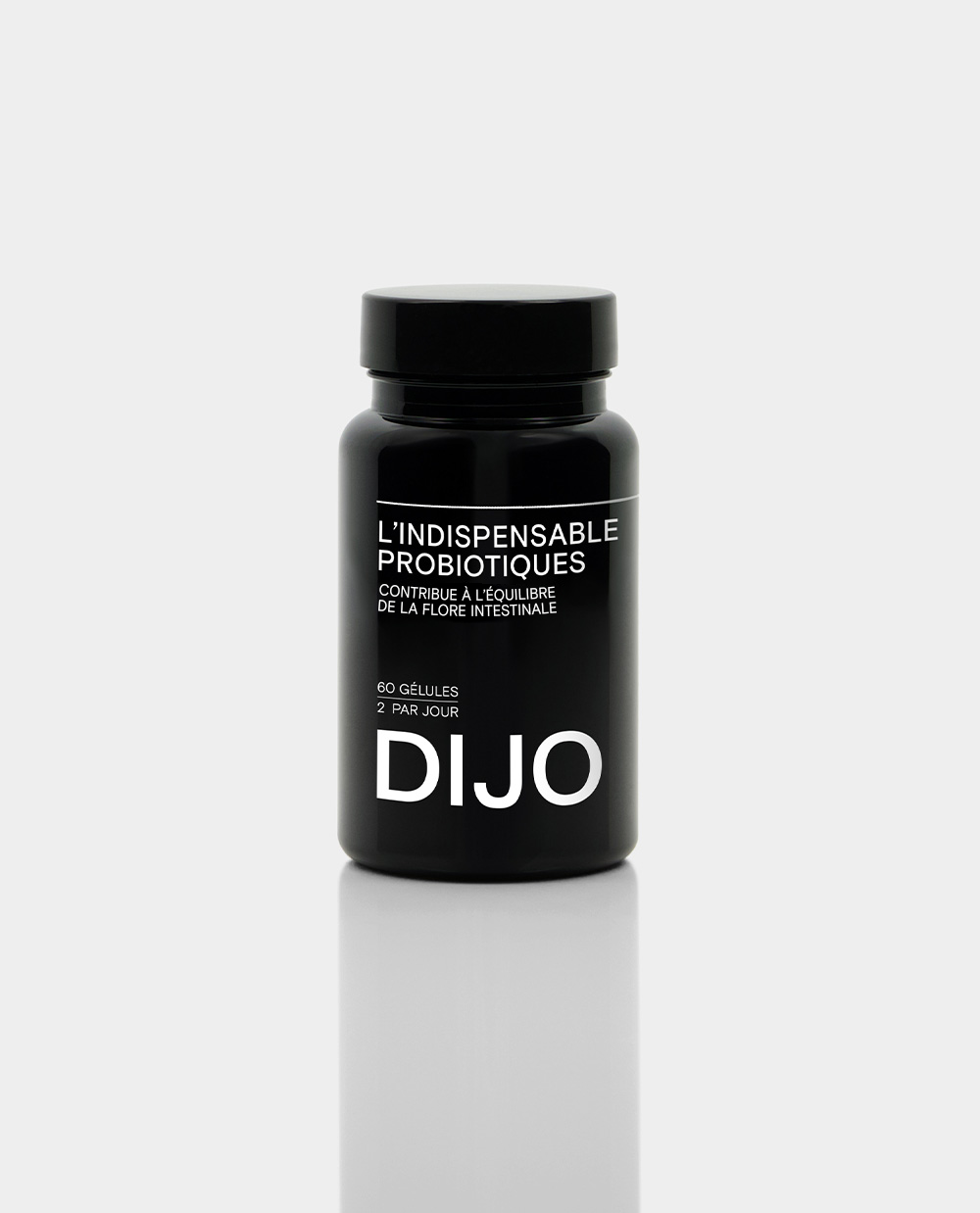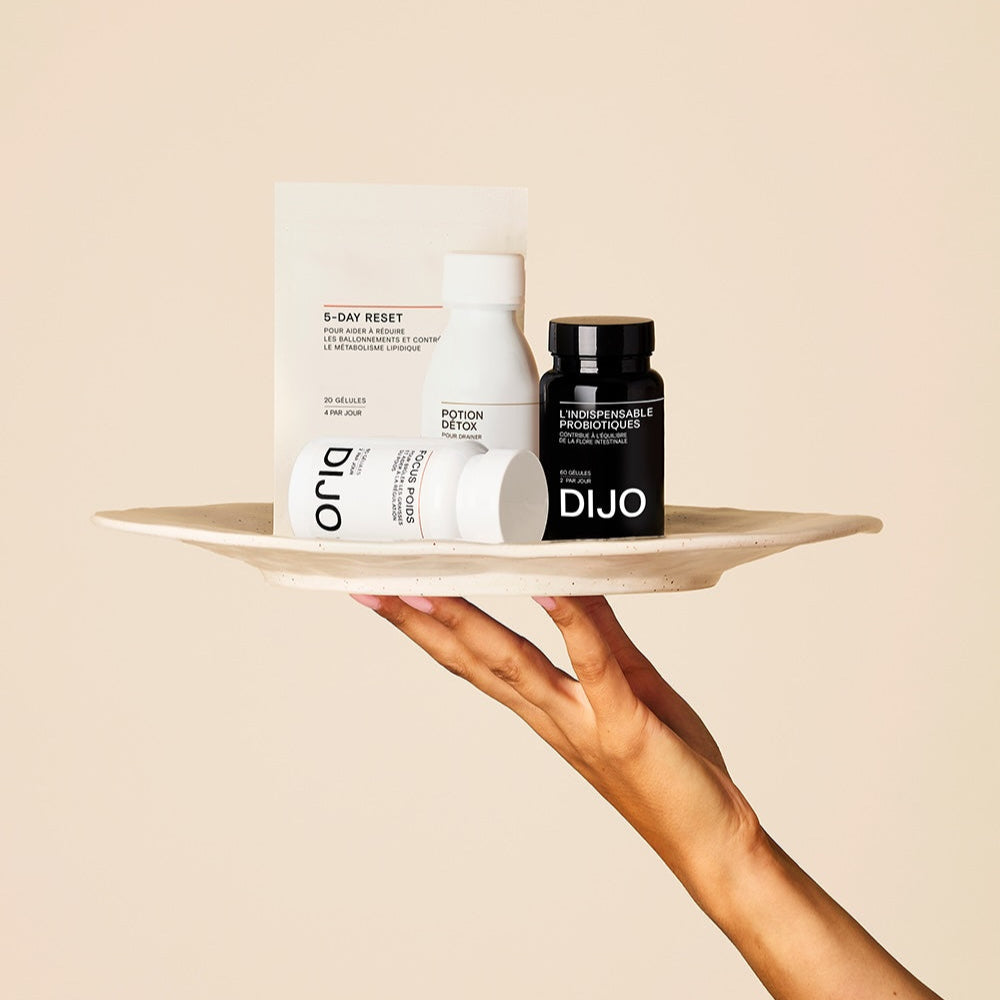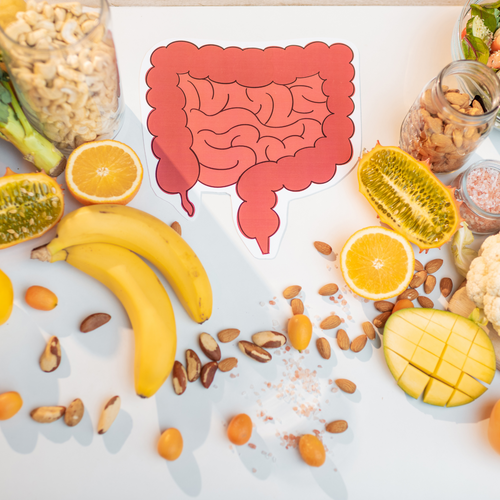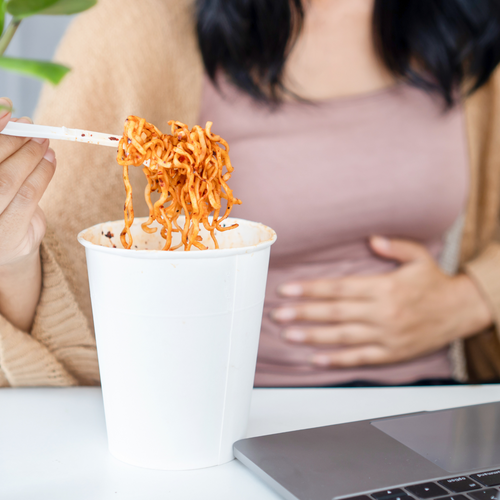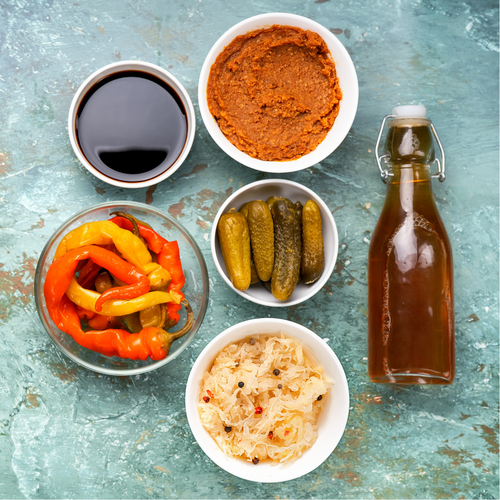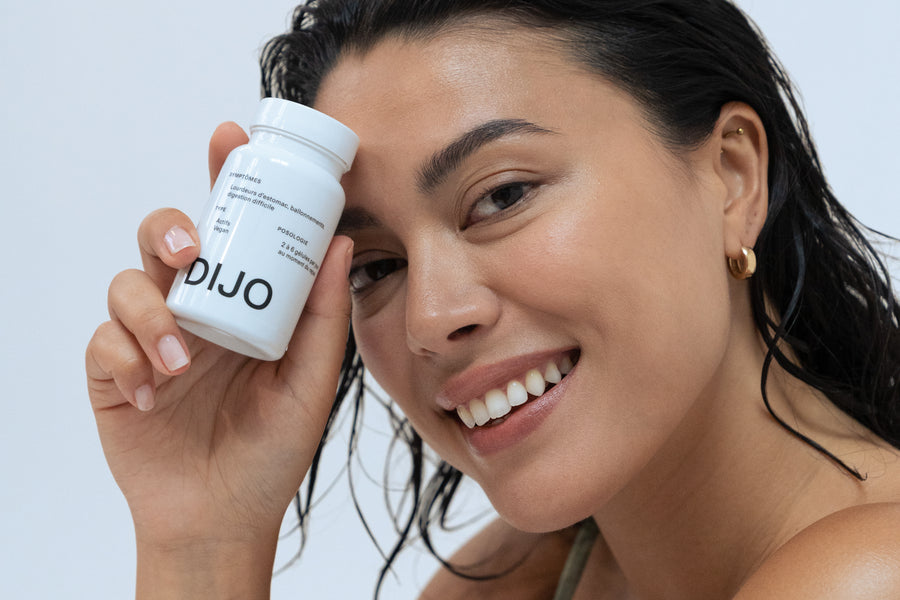We now know that there's a link between the stomach, particularly our microbiota, and the skin. Indeed, research tends to demonstrate the influence of diet on the composition of our microbiota and the appearance of our skin. What if we paid a little more attention to beauty inside to bring out beauty outside?
How does stomach health affect skin appearance?
Certain risk factors will disrupt the proper functioning of our bodies, and more specifically our stomachs. The first? It's surely our diet. Over-industrialized, full of additives and pesticides, too high in sugar and bad lipids, etc. These considerable changes in our diet over the past few decades have clearly contributed to the microbiota imbalance affecting the population, to varying degrees. Researchers have recently highlighted the existence of an intestinal microbiota-skin microbiota axis. These two floras are closely linked, and when one is unhealthy, it inevitably affects the other.
Furthermore, it is a chain reaction, since this imbalance, called dysbiosis, is one of the primary causes of intestinal porosity. We have already discussed this subject in more detail in the article “ What is intestinal porosity? ”. It is a condition of the intestinal barrier which becomes too permeable and allows foreign substances and toxins to pass through, which then travel throughout the body. These two phenomena result in inflammation and the transport of toxins, which can, among other things, affect the skin, causing all sorts of damage to it: excess impurities, loss of suppleness, degraded skin texture, dryness, dull and devitalized skin, etc.
In other cases, the damage is even more serious with the appearance of acne, eczema, psoriasis, etc.
It is important to always remember that the skin is an excretory organ, responsible for eliminating waste, and its appearance is therefore regulated by the overload of toxins. This is why it is essential to promote well-being on the inside, to radiate on the outside.
Some tips for taking care of your skin from the inside out:
#1 - Consume probiotics
As we know, risk factors for dysbiosis are omnipresent in our current lifestyles and increasingly difficult to avoid. This is why incorporating foods rich in probiotics remains the preferred method for alleviating this problem. By restoring order to the intestinal microbiota, it also restores it to the skin microbiota, which is intrinsically linked to it, and reduces inflammation.
#2 - Consume prebiotics
To maximize the actions of probiotics , nothing is better than prebiotics! These are fibers, which, in addition to contributing to intestinal comfort, help bacteria to develop and provide the maximum possible benefits. They are found in many fiber-rich foods: bananas, raspberries, carrots, radishes, artichokes, leeks, garlic, onions, wheat, barley, rye, chia seeds, flax seeds, walnuts, pistachios, etc. They also maximize the chances that microorganisms will arrive in large numbers at their destination, in the intestines, and especially in the colon. Remember that the recommended fiber intake is around 25 to 30 g per day.
#3 - Eat a healthy diet in general
While fruits and vegetables make your skin glow from within, thanks to the many fibers, micronutrients, and antioxidants they contain, other foods can also contribute to skin problems. This is the case for foods high in sugar, which stimulate sebum production and therefore the appearance of imperfections. Excessive salt consumption is also detrimental to the beauty of your skin, as it dries out the skin and makes it duller. Finally, avoid foods that are too rich in fat if you want to get rid of oily skin.
#4 - Drink enough water
We often moisturize our skin with all kinds of creams, but skin hydration also (and above all) involves hydrating the entire body. Indeed, 30% of our water reserves are found in our skin cells, so don't forget to drink enough throughout the day, at least 2 liters daily.
Cosmetics to make your skin glow are a good idea, but remember to protect it from the inside too!
Sources:
[1] Roudsari, MR, Karimi, R., Sohrabvandi, S., & Mortazavian, AM (2015). Health effects of probiotics on the skin. Critical reviews in food science and nutrition , 55 (9), 1219–1240. https://doi.org/10.1080/10408398.2012.680078
[2] Al-Ghazzewi, FH, & Tester, RF (2014). Impact of prebiotics and probiotics on skin health. Beneficial microbes , 5 (2), 99–107. https://doi.org/10.3920/BM2013.0040
[3] Soliman, YS, Hashim, PW, Farberg, AS, & Goldenberg, G. (2019). The role of diet in preventing photoaging and treating common skin conditions. Cutis , 103 (3), 153–156.
[4] O'Neill, C.A., Monteleone, G., McLaughlin, J.T., & Paus, R. (2016). The gut-skin axis in health and disease: A paradigm with therapeutic implications. BioEssays: news and reviews in molecular, cellular and developmental biology , 38 (11), 1167–1176. https://doi.org/10.1002/bies.201600008
[5] De Pessemier, B., Grine, L., Debaere, M., Maes, A., Paetzold, B., & Callewaert, C. (2021). Gut-Skin Axis: Current Knowledge of the Interrelationship between Microbial Dysbiosis and Skin Conditions. Microorganisms , 9 (2), 353. https://doi.org/10.3390/microorganisms9020353


